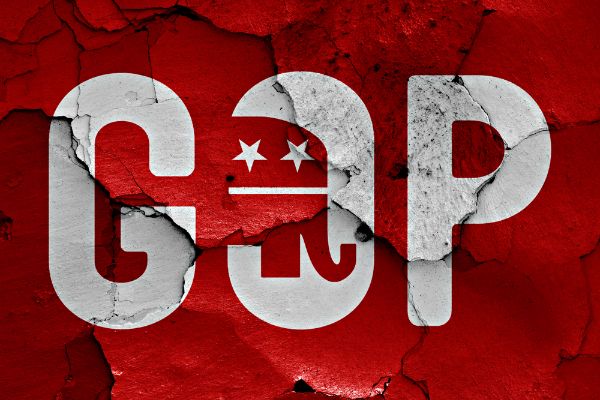Stocks ended lower on Wednesday after the FED maintained rates close to zero, kept its bond-buying at the current rate, and claimed it saw signals that economic recovery “has moderated.”
The Dow closed lower at 633 points, for a loss of 2.05%, to 30,303, the S&P 500 lowered 2.57% and the Nasdaq fell by 2.61%. Equities experienced their worst day since Oct.
Stocks were already lower Wednesday before the Fed’s announcement as investors were nervous over earnings from Facebook, Tesla and Apple being scheduled after markets close.
“The rate of economic recovery has moderated recently, with weakness within the areas most affected by covid,” the FED said in a message after its meeting.
The central bank also promised to keep its bond-buying at $120 billion per month until it saw “much greater further progress” in jobs and inflation.
In a conference, Fed leader Jerome Powell stressed that it would take time before those goals were reached.
“The economy is far from our desired inflation and employment numbers,” Powell stated Wednesday, “and it will very possibly take time for this progress to be gained.”
Powell refused to comment on any stock or move in the equity market. AMC Entertainment and GameStop skyrocketed as heavy shorts went higher in a war between investors and Wall Street hedge funds.
Market sentiment also lowered as a result of uncertainty around President Biden’s $1.9 trillion relief plan, given the Democrats’ small majority in the Senate and information showing that global cases of covid has gone over 100 million.
Biden claimed the government was working to purchase 200 million more doses of Covid-19 vaccines, enough to completely inoculate almost every American, according to Biden.
The Biden Admin. plans to order 100 million more doses from Pfizer and Moderna.
“The Federal Reserve has seen recent data that shows a decline in employment and consumer spending,” said the top investment strategist at Allianz Investment Management, Charlie Ripley.
“In the end, the Fed seems to be comfortable with the consequences of their current policies as they continue to strive toward the bigger goals of the dual mandate.”






Comments are closed.